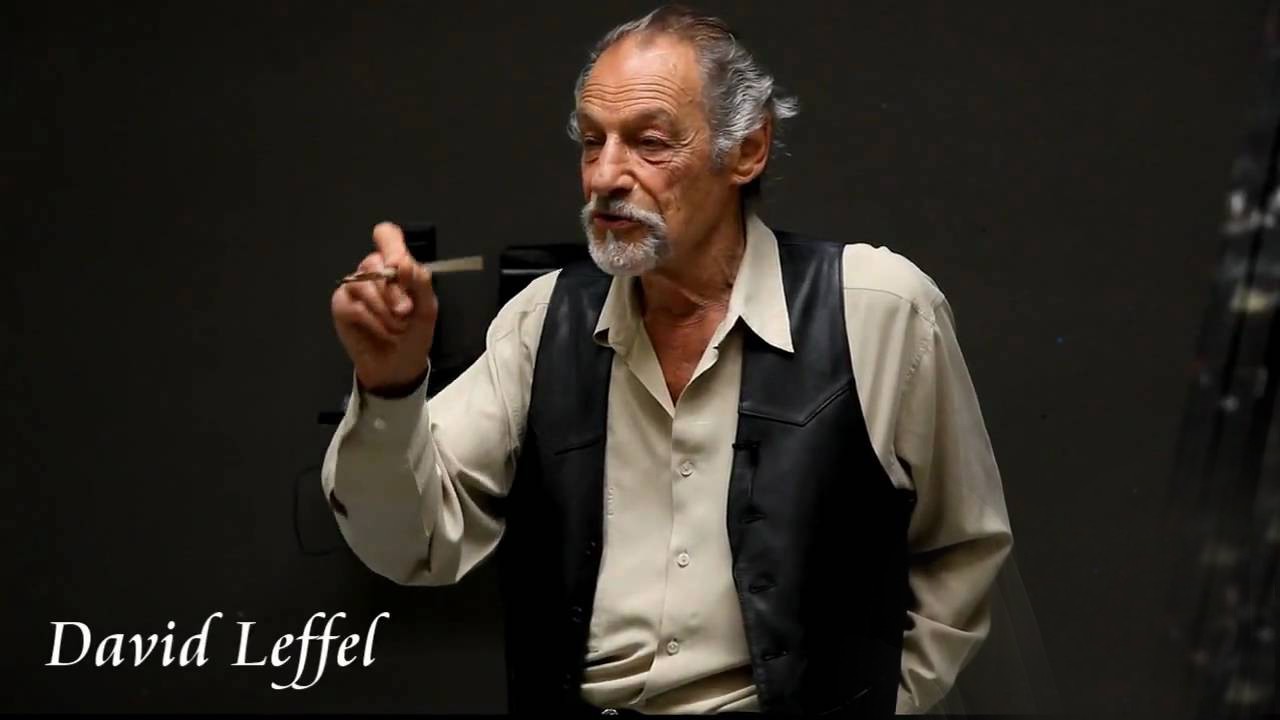Making a Brushstroke
What is the importance of making beautiful brushstrokes when painting in oils? Can I master techniques of brushstrokes? What effects can I achieve with brush control? How do I hold the paint brush and what muscles do I use?
These and many more questions will be addressed in this blog. Learn to make a brushstroke and you’ll learn to paint in oil.
Most oil painting students have difficulty learning brush techniques. And yet, brushstrokes are the most important way to describe a subject and create beautiful paint quality. Interesting paint is at the heart of sculptural painting, a way of painting coined by David A Leffel. This blog addresses how to make brushstrokes and what most online art classes neglect to teach students. This blog will make learning how to paint much more learnable and understandable.
In the video below, David A Leffel will describe what a good brushstroke is, and whose paintings in history stand out. Does your personality come through in your brushstrokes?
“The brush is held toward the back, away from the ferrule. It rests on the side of the middle finger, held in place by the pressure of the thumb. The first finger rests on the wood of the handle. The fingers are extended rather than bent. Hand and arm to the shoulder are very relaxed and open. The elbow is away from the body, with space between the body and arm and with the armpit open. An alternate hand position is grasping the brush at the base of the ferrule, between the first two fingers and the thumb, with the wood of the handle surrounded by the palm. The wrist , elbow, and shoulder are in the same relaxed position mentioned earlier. The brushstroke is made from the shoulder. The fingers, wrist, and elbow do not move individually – rather, the whole arm moves as one unit. As one perceives inwardly the direction of the brushstroke, the arm is put in a position to make that stroke, and it moves… from the shoulder.”
“Each brushstroke has a beginning and an ending. The brush is not lifted until the stroke is completed. Thus, each stroke is specific and describes something specific and finite. It does not go on daubing or scrubbing aimlessly. The eye/mind perceives and the arm/brush describes that perception.” (excerpt from An Artist Teaches) David A Leffel
To learn more, watch this Free Video!



Leave a Reply
You must be logged in to post a comment.